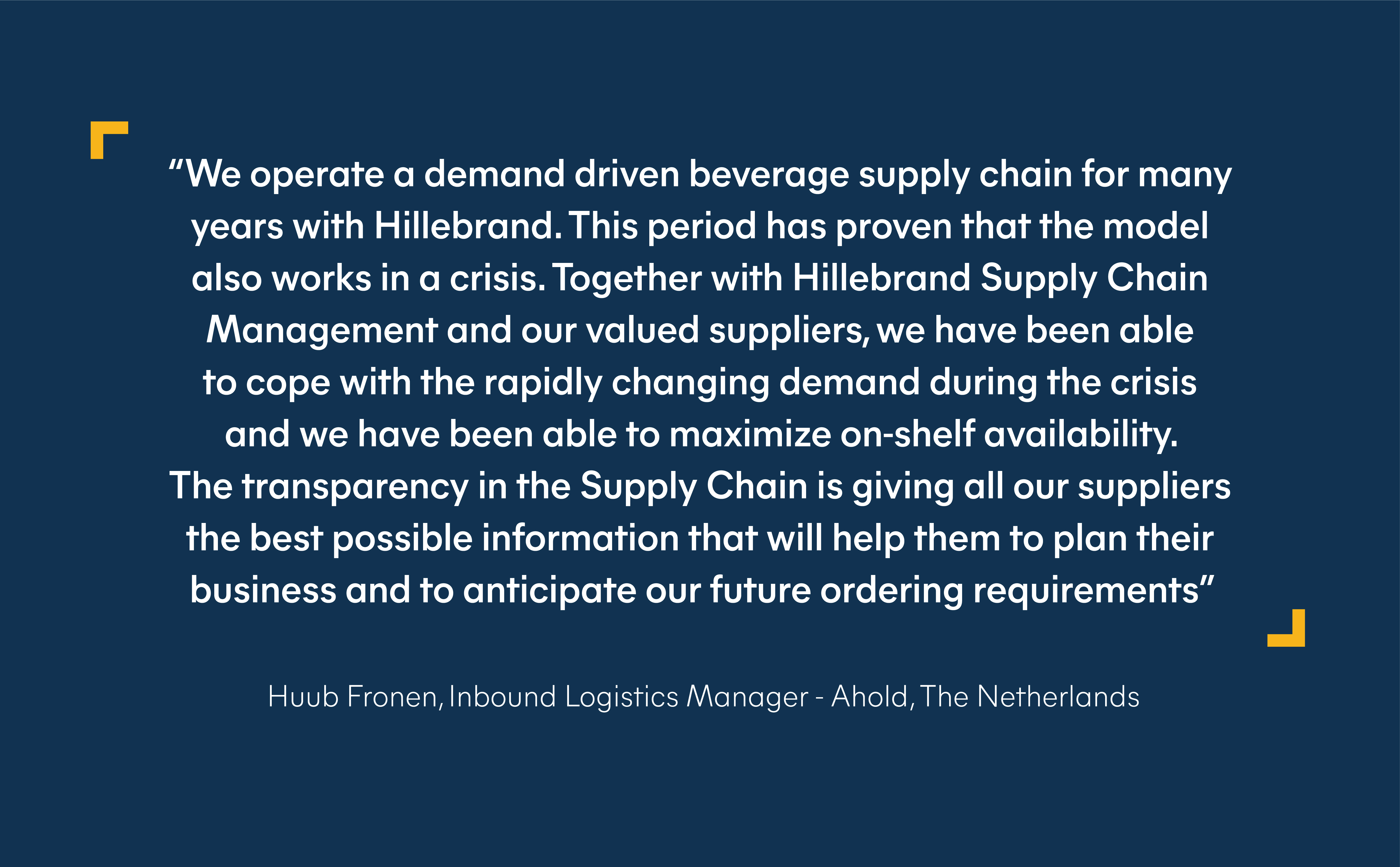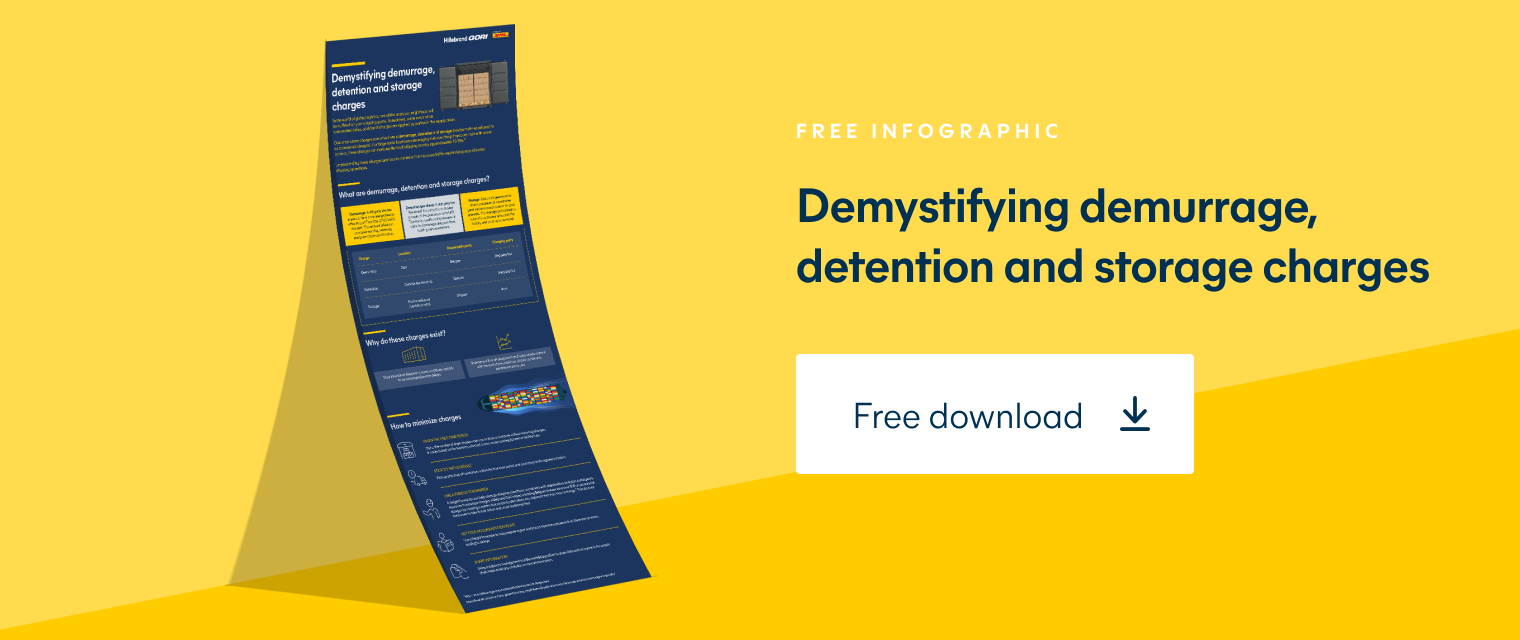Supply chain management: Challenges, solutions and results
The supply chain is a critical element of any wine business.
But it can also be one of the most challenging elements to manage — especially in an environment where supply chain-induced delays have become prevalent, putting a significant strain on wineries. The supply chain management (SCM) process involves a complex network of supply points, customers, vendors, partners and other stakeholders.
With the right supply chain management strategies, you can tackle supply chain challenges, maximize efficiency, increase product availability and reduce costs.
What is supply chain management?
Supply chain management is the process of planning and managing supply chains from the point of production to end-user consumption.
It takes into account:
Supply
Demand
Supply chain operations
Customer service
The supply chain includes every step from the raw material acquisition to the finished product delivery. This includes the management of inventory, logistics, planning and analytics.
What are the basic steps of supply chain management?
The supply chain management process coordinates and aligns five key steps:
Forecasting and demand planning: Forecasting helps you predict customer demand and identify supply and demand trends.
Procurement: This step involves purchasing raw materials and other goods and services, to keep up with production planning.
Production: Manufacturing, packaging, quality control, labeling and other processes all ensure product availability meets customer demand.
Distribution: This includes the planning and execution of supply chain logistics such as warehousing, order fulfillment, transportation including customs and international and local regulations
Customer service: Managing customer expectation, need,feedback and goals, while providing supply chain visibility and proactive coordination is key to seamless wine logistics.
The challenge: disruption in supply chain management
During the COVID-19 pandemic, most countries went into some form of lockdown, from travel restrictions to cancelation or postponement of events as well as the closing of restaurants and bars.
At the same time, retailers faced a much higher demand, making supply chain management retail’s most valued ally. In this environment, the traditional “make-to-order” planning model proved too slow and too reactive to cope with changes in demand.
However, the most innovative thinkers in retail began using collaborative models based on shared forecast-controlled stock buffers. This method has proven to be a better way to deal with demand changes.
And for certain products like wine, which can require long production and transportation lead times, it has been especially important.
Historically, as wine shelves needed to be replenished, the retailer would place an order and then the producer would work fulfill this order to the required deadline. The change in consumer behavior since COVID-19 forced an obvious peak in retail supplies and made the lead time between order placement and delivery more unpredictable.
Additionally, the effects of the crisis affected transportation, causing:
Severe service disruptions.
An imbalance in empty equipment.
Additional costs
This resulted in surcharges, and increased the lengthy international supply chain lead time. The transport disruption, combined with increased demand and the make-to-order process, has jeopardized the order fulfillment, putting on-shelf availability at risk.
The solution: shifting from made-to-order to made-to-forecast
Only those who identified the problem and implemented collaborative supply chain management solutions, together with all their partners, could accelerate the process of supplier-to-retailer and deliver the goods efficiently.

Only if wine is sold from the retailer’s shelf, will it trigger replenishment ordering and new production requirements. Therefore, on-shelf availability is not only a key objective for the retailer, but even more so for the wine supplier.
Achieving an efficient on-shelf availability is a common objective that requires a joint effort of sharing information, building trust and communicating exceptions..
The results: enabling a “produce-to-forecast” model
The key to success is to leverage the demand forecast.
The right forecast provides a good understanding about future demand, purchase orders and shipments. It also defines how much stock is needed to deal with possible fluctuations in demand.
The retailer is best positioned to share this information with all parties involved in the supply chain. The forecast provides data to all parties.
Suppliers can then anticipate orders, and the logistics service provider can anticipate the transport needs. In the “produce-to-forecast” model, a stock buffer decouples the production process from the order fulfillment one.
The forecast allows for stock to be made ready for shipment in good time, minimizing the fluctuation in the lead time and demand.
This will improve the supply chain’s responsiveness,since the buffer stock is produced and maintained against the retailer's forecast and actual demand.
How Hillebrand Gori uses supply chain management to manage supply and demand
Hillebrand Gori understands the “produce-to-demand forecast “model and the importance of sharing information between supply chain players.
Being in the middle between retailers, importers, distributors and suppliers, we are in a position to facilitate collaboration in the supply chain at the planning and execution level by sharing information and coordinating processes. This requires strict order fulfilment processes and real time data sharing adhered to by all parties involved, including tasks, responsibilities, deadlines and milestones.
To achieve this successfully, Hillebrand counts on a global network of local experts, as well as technology platforms, to provide transparency and facilitate these processes.





